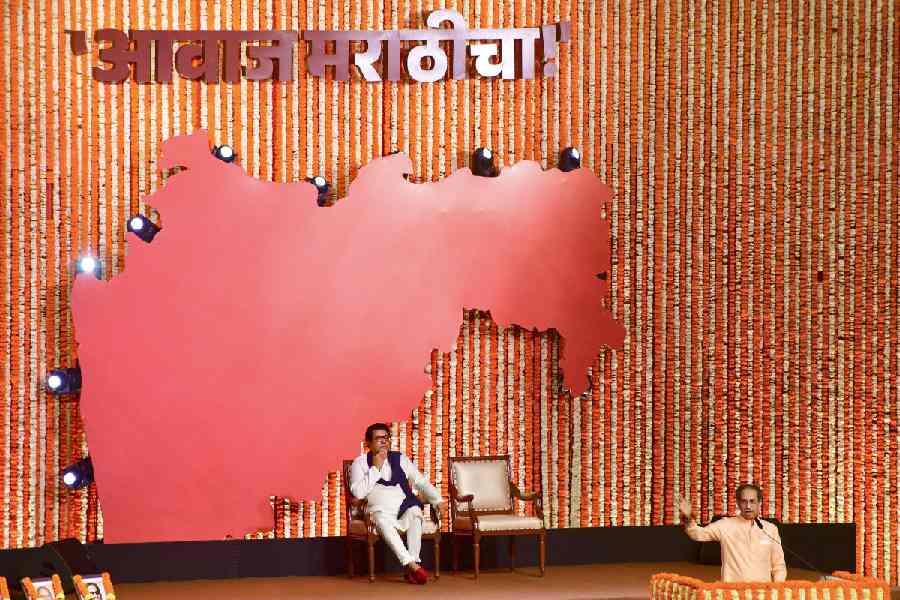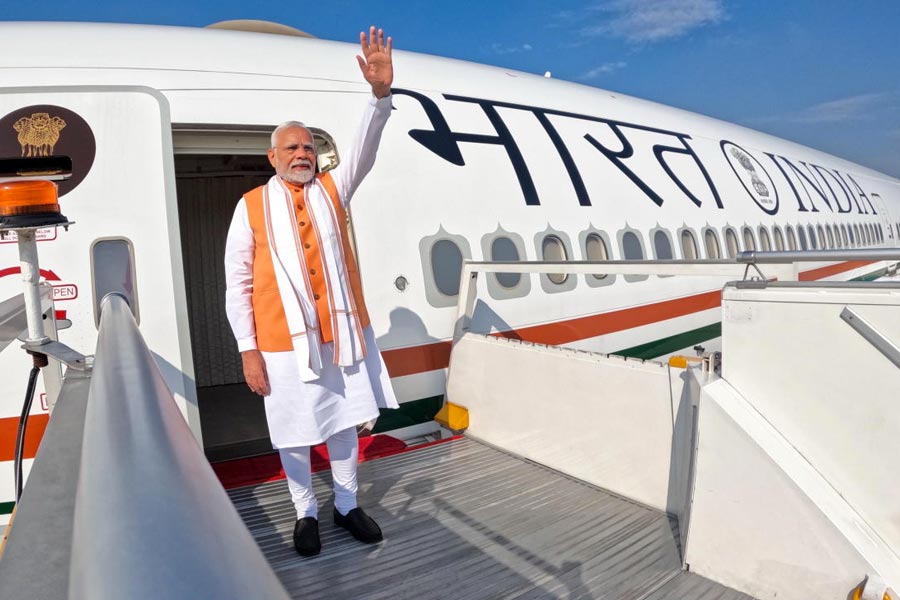Worthy successor
Sir — In “The modern Hazare”, (July 16), Ramachandra Guha draws a parallel between the legendary Vijay Hazare and Rahul Dravid, and hails the latter as the modern-day version of the former. Guha reveals the similarities in the circumstance between the 1947 Indian tour of Australia and the team’s recent tour of the West Indies to substantiate his claim.
However, if Dravid deserves the accolade, it is not because of his performance against a weakened West Indian side, but because of his contribution to Team India between 2000 and 2005. Dravid’s nickname, ‘The Wall’, evolved in those five years when he was, by far, the most successful batsman in the team. His role in India’s success during that period under Sourav Ganguly is astonishing, to say the least. Be it against Australia, England, or Pakistan (to cite a few examples), Dravid shone with his bat. Team India’s success, both in the present and in the future, is a testimony to the courage, decency and greatness of Rahul Dravid.
Yours faithfully,
Deepan Kumar Sarkar,Calcutta
Sir — Vijay Hazare’s iron determination, robust optimism and undying devotion to his team have been brilliantly captured by Ramachandra Guha in his informative article. The story of the ease with which Hazare confronted the lethal bowling attack of Australia has been passed from one generation to another. He single-handedly shouldered the burden of his own popularity and that of his team’s responsibility year after year. Rahul Dravid is a true successor of Hazare. For much of his career, Dravid has been overshadowed by the likes of Tendulkar, Ganguly and Laxman. Yet, cricket-lovers can never forget his incredible feat in a Test match against Australia at the Eden Gardens where Dravid, along with Laxman, played a memorable innings and saved the team from the jaws of defeat.
During the last tour of the West Indies, we were fortunate to witness another scintillating century by the same man. Even after so many years, The Wall, like Hazare, is still scoring runs when the team needs them most.
Yours faithfully,
Anindya Bhattacharya, Calcutta
Sir — Ramachandra Guha’s article took us back to a time which, though now long gone, is still cherished by a few who enjoyed cricket of a different era. India was not a top cricketing nation at that time. In fact, it was placed at the bottom of the list. India had no Test victories to brag about. But even then, India was a cricket-crazy country. Guha’s piece will educate modern cricket fans about the handful of legends of yesteryear. I am glad Guha chose to write about Hazare. However, I would like to take the liberty of pointing out an inaccuracy. Guha writes,“When India were 0 for 4 in a Test match in England, it was left to Hazare and to the fellow Vijay, Manjrekar, to come together in a retrieving stand that restored some respectability to his side.” Guha is obviously referring to the first Test at Headingley. In the second innings, India were four down without a run on board when Hazare joined Umrigar who left after scoring 9. Then Hazare (56) and Phadkar (64) — and not Manjrekar — took the score to a respectable 165. In the first innings of the same Test, Manjrekar (133) and Hazare (89) had helped India reach a score of 293.
Hazare was known to serve the sheet anchor’s role in India’s batting line-up. Dravid is also known as The Wall for the same reason. The comparison between the two greats — Hazare and Dravid — is very apt because both cricketers are known for their courage and decency.
Yours faithfully,
S.Vas, Edmonton, US
Parting shot
Sir — Rubber growers in the eastern belt in Kerala lead a comfortable life. Even a small farmer with ten rubber trees earns a good amount of money. On the other hand, coconut growers, coir workers and fishermen are leading miserable lives. Any threat to rubber growers hurts the government more than the Opposition.
However, the decision by the Centre to import 40,000 tonnes of rubber is likely to bring down prices. The move will benefit common people as rubber tyres are in great demand all over the state. The government should contemplate steps to stop the exploitation by tyre companies.
Yours faithfully,
K.A. Solaman, Alappuzha, Kerala










